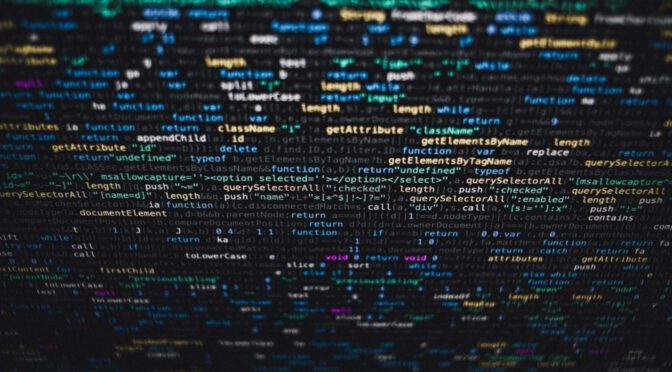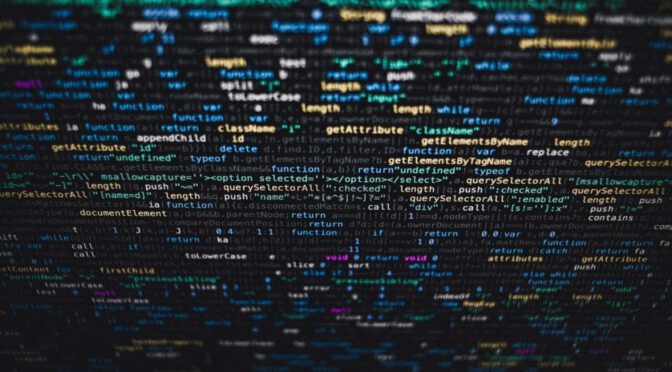Software consumes a lot of energy. A key to sustainable applications: demand shaping.

According to forecasts by the Green Software Foundation, information and communication technology will account for around 20 percent of all electricity consumption by 2030. Emissions from digital technologies will double by 2025 compared to 2019 levels.
But the technology industry is becoming increasingly aware of its carbon footprint. Last but not least, against the background of the energy crisis, the importance of green IT is becoming increasingly apparent.
Green IT summarizes all measures that combine technological progress with environmental protection. A distinction is made between Green by IT and Green in IT. Green by IT are technologies that actively help to achieve sustainability goals. Such as software that makes consumption measurable and shows potential for optimization. Green in IT, on the other hand, aims to optimize IT processes. So that they have the least possible negative or even positive impact on the environment and resources.
This is not primarily about limitations, but about responsible and resource-saving use of technology. The greatest possible benefit should be obtained from every gram of CO₂ emitted into the atmosphere. This enables the demand shaping principle in software development.
Demand shaping
Demand shaping is a strategy to influence demand to match existing supply. Accordingly, when supply is low, demand is reduced and increases with supply accordingly. An example of this is video conferencing. When the user has low bandwidth, the video quality is reduced while the essential audio quality remains high. Demand (video quality) is adjusted to match supply (bandwidth).
Another example of demand adaptation is progressive enhancement in web design. The most basic form of a website is made available for older browsers and with low bandwidth. The more resources and bandwidth a user has available on their device, the more features are provided. But these are optional.
This principle can also be used to achieve energy efficiency. The energy requirements of applications are matched to availability. Demand shaping is therefore opposed to the widespread over-provisioning principle of providing more resources than are necessary to cover peak loads or increasing demand.
Through demand shaping, so-called “eco modes” can be built into software applications. Similar to those in cars and household appliances. The application can be used in an emissions-friendly way at the expense of performance or at full power with higher energy consumption. Applications can either be set to eco mode by default, or users can choose. Based on the nudging principle.
Another example of sustainable applications are applications optimized for edge computing. Data and process steps or complete applications are brought closer to the users instead of being processed in remote data centers. This not only reduces latency, but also CO₂ emissions, since less energy is required to transmit the data.
Renewable energy
Applications can also be programmed in such a way that the respective mode – energy saving or maximum performance – is made dependent on the availability of renewable energies.
Demand shaping is thus related to the principle of demand shifting, i.e. the shifting of demand. Here the demand for computing, storage or network resources is shifted to other regions or to times when the availability of renewable energies is higher. Companies should rely on solutions that automatically move computing, storage and network resources to where the carbon footprint is lowest.
Both demand shaping and demand shifting are important to reduce CO₂ consumption in IT. Depending on the application, developers should determine whether the computing power of applications should be reduced or relocated if the CO₂ intensity is high.
